Graphics Reference
In-Depth Information
Figure 4.15.
Inscribing a triangle in a circle.
R
R
b
g
a
R
If
(
)
=
(
)
-
(
)
F
abg
,,
f
abg
,,
l abg
g
,, ,
then
∂
∂a
F
a
=
R
cos
-
l
2
∂
∂b
F
b
=
R
cos
-
l
2
∂
∂g
F
g
=
R
cos
-
l
.
2
Setting the partials to zero, it follows that
a
b
g
cos
=
cos
=
cos
.
2
2
2
In other words, a=b=g.
Next, we describe an application of directional derivatives to the extremum
problem and an application of Proposition 4.5.8.
4.5.10. Theorem.
The greatest rate of change of a function f :
R
n
Æ
R
at a point
p
takes place in the direction of and has the magnitude of the vector —f(
p
).
Proof.
We are looking for the direction in which the directional derivative has a
maximum. Let
u
be a unit vector. From Proposition 4.3.18(1) we know that
Df
=— ∑
f
u
= —
f
u
cos
q
= —
f
cos ,
q
u
where q is the angle between
u
and —f. Clearly, this value will be a maximum when q
is 0 or p.
4.5.11. Theorem.
Given a differentiable function f :
R
n
Æ
R
, to move along a
contour f(
p
) = c, one should move in a direction which is orthogonal to —f.



